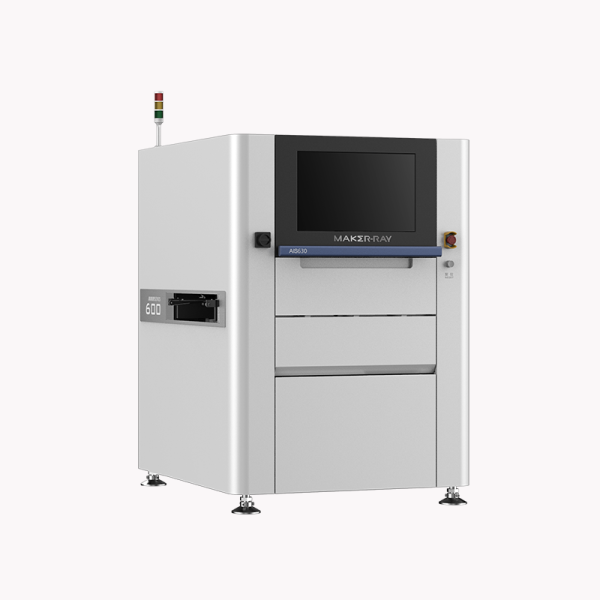In the realm of manufacturing, quality control plays a vital role in ensuring that products meet the highest standards. Traditional quality control methods, however, have limitations that can hinder the effectiveness of inspections. This is where vision inspection technology comes into the picture. Vision inspection, with our advanced imaging capabilities and automated algorithms, offers a more precise and efficient approach to quality control. Maker-ray, a leading provider of vision inspection solutions, has developed advanced technology that revolutionizes quality control processes.
The Benefits of Maker-ray’s Vision Inspection Solutions
Maker-ray’s vision inspection solutions provide numerous benefits for quality control. One significant advantage is the improved accuracy and efficiency in defect detection. By utilizing high-resolution imaging and advanced algorithms, Maker-ray’s technology can detect even the smallest defects, ensuring the highest level of product quality.
Additionally, Maker-ray’s solutions streamline the inspection process through automated algorithms. This eliminates the need for manual inspections, saving valuable time and reducing the risk of human error. With automated inspections, manufacturers can achieve consistent and objective results, enhancing overall quality control.
Real-time feedback and data analysis are also integral to Maker-ray’s vision inspection solutions. The technology provides immediate feedback on inspection results, allowing manufacturers to take prompt corrective actions. Moreover, the gathered data can be analyzed to identify patterns and trends, enabling continuous improvement and optimization of quality control processes.
Integrating Maker-ray’s Vision Inspection Technology into Manufacturing Workflows
The ability to customize inspection criteria empowers manufacturers to define the specific characteristics and defects we want the system to identify. Whether it’s dimensional measurements, surface defects, or other product-specific quality parameters, Maker-ray’s vision inspection technology can be tailored accordingly. This level of customization ensures that the system focuses on the critical quality aspects of each product, enhancing accuracy and efficiency in defect detection.
Furthermore, Maker-ray’s vision inspection technology is designed to be scalable, allowing for seamless integration and expansion as businesses grow and evolve. Whether a company is producing a single product line or multiple product variations, Maker-ray’s technology can adapt to the changing needs of the manufacturing environment. This scalability ensures that the vision inspection system remains effective and efficient even as production volumes increase or new product lines are introduced.
Maker-ray’s vision inspection technology offers a seamless integration process into existing manufacturing workflows. The ability to customize inspection criteria provides manufacturers with the flexibility to address our specific quality control requirements. With Maker-ray’s technology, businesses can adapt the system to suit diverse product lines, ensuring accurate and efficient defect detection. By seamlessly integrating and adapting to changing needs, Maker-ray empowers manufacturers to enhance our quality control processes and maintain a competitive edge in the market.
Conclusion
In summary, Maker-ray’s vision inspection solutions are essential for maximising manufacturing productivity. Maker-ray gives producers the tools we need to improve efficiency by streamlining quality control procedures and using automated algorithms and real-time feedback. The technology from Maker-ray assists businesses in achieving peak performance, cutting waste, and reliably delivering high-quality products through seamless integration and early fault identification.





